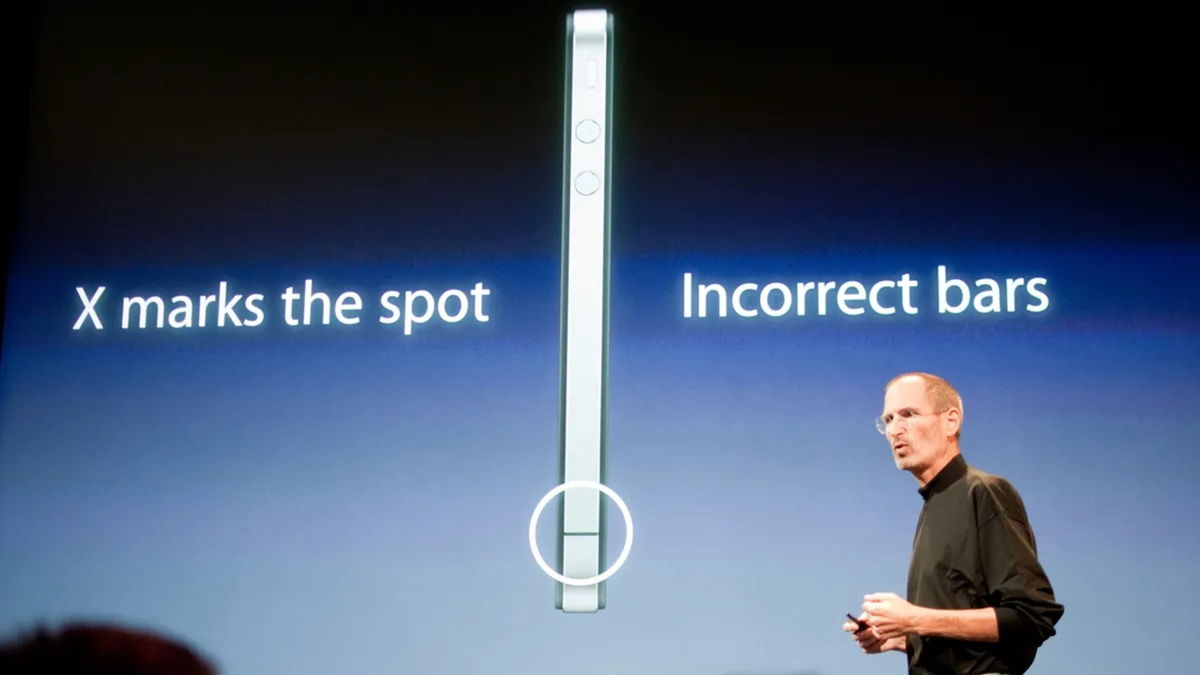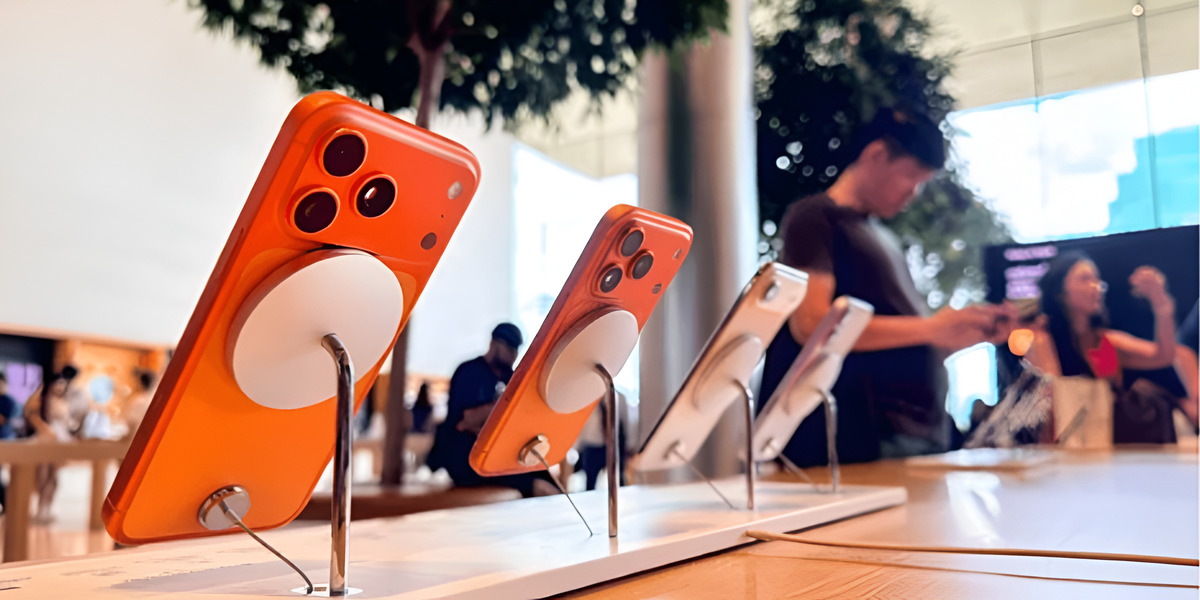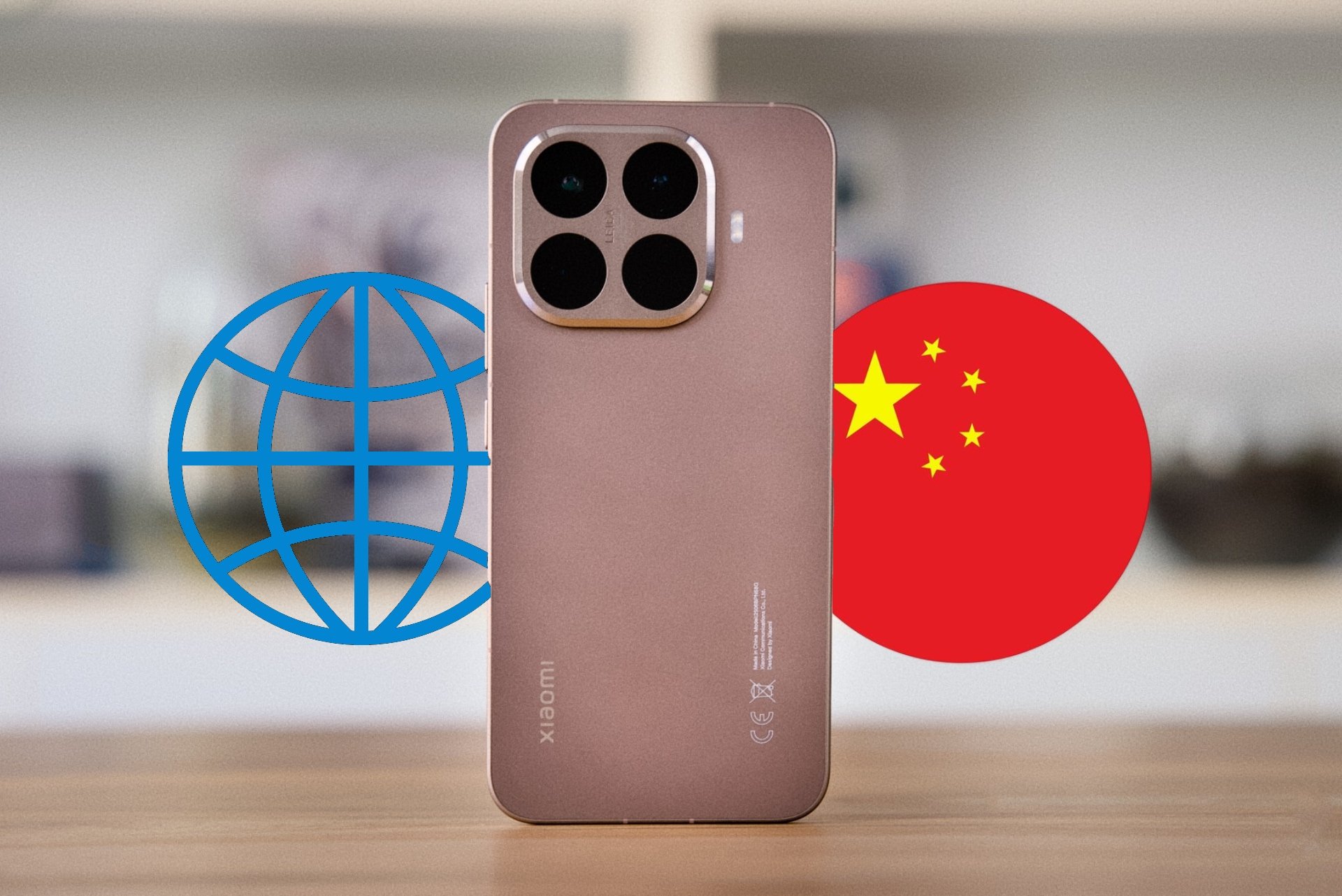For Xiaomi, the Poco sub-brand is synonymous with success in markets such as Spain. And, with the goal of continuing to achieve success along this path, the company introduced this Thursday Poco F6 Prodevice with a recommended retail price of €579 – although it can temporarily be purchased for €499 – which essentially puts any competing alternative out of business.
Briefly about Poco F6 Pro. repeats the same winning formula that Xiaomi has applied in the past: skate better than anyone else Hardware possible within its range, adjusts profits as much as possible to contain price, and focuses on sales channels. digital.
Does this mean that this device can be purchased for 500 euros? Not necessary. For me, Poco F6 Pro is one of the three phones that I would recommend in this market segment. I have no doubts.
However, his proposal It must match what a buyer who values their purchase is looking for.. And, unlike high-end, in this price segment you always give up something. And this mobile is no exception.
So the question is not whether this Poco F6 Pro is a recommended mobile device or not – it is undoubtedly the case; Unknowns to be solved: Does this phone best suit what you are looking for or need?
Poco F6 Pro always hits where…
The Poco sub-brand has always stood out Hardware surprises with its range. And this Poco F6 Pro is no exception. The phone has a chip that was used in high-end mobile phones in 2023: Qualcomm Snapdragon 8 Gen 2. A beast that provides fantastic performance in all situations and which is currently not available much among mobile phones in this price range.
Along with this, there is abundant memory space. The amount of RAM varies from 12 GB for the cheapest versions to 16 GB most advanced. On the other hand, storage capacity ranges from 256 GB in the cheapest version to 1 TB in the most expensive. Figures from high-end devices.
The screen is also of excellent quality. First of all, it has 2K resolution, making it spicier than some competitors. It also has AMOLED technology. Dynamic refresh rate 120 Hz, Supports DCI-P3 and 12-bit color space, etc.
However, what Xiaomi stands out most is its brightness: up to 4000 nits. This is, without a doubt, a truly amazing figure. Especially considering that this is a mid-range mobile phone. However, it is important to emphasize something: in most situations, mobile devices will never reach this level. Those 4000 nits They are only achieved in very specific scenarios. The rest of the time, the panel delivers a maximum brightness of 700 nits in normal conditions and 1,200 nits outdoors.

Anyway, This is a high quality panel for its range.. Good color rendition, great contrast, proper outdoor visibility… Just don’t fall into the trap of thinking it’s competing with the Galaxy S24 Ultra, Xiaomi 14 Ultra or iPhone 15 Pro Max in this area, and don’t expect incredibly good outdoor visibility air thanks to up to these 4000 nits. This is wrong.
One area where the Poco F6 Pro can compete with the big boys is in charging speed. The brand has established its A 120-watt system that promises to reach 100% in just 19 minutes.. I don’t usually use these fast charging systems in my daily life; It’s better to lean towards slower chargers to protect your battery. But when you’re traveling or have an emergency, having that 120W at your disposal is a real blessing.

This load capacity is added to the classic 5000 mAh battery, which provides complete peace of mind in terms of autonomy. You can go through regular and even somewhat intense days of use without worrying about the charger at all. For truly demanding use—like playing a video game for hours—you’ll have to resort to an electrical outlet for the rest of the day. Just like any other device, actually.
In the connectivity department, the Poco F6 Pro also doesn’t lag behind. It has 5G, NFC, Bluetooth 5.3, Wi-Fi 7, USB-C, etc.. Not surprising given that it is equipped with Snapdragon 8 Gen 2, which is responsible for most of the connectivity mentioned, but this level is appreciated in a mobile phone of this range.
Likewise, also welcome under-screen fingerprint sensor, which works correctly in both accuracy and size. The company, like many others, also offers a face unlock system, but since it’s not 3D—like the iPhone’s Face ID—I strongly don’t recommend using it. At the security level, it is much more vulnerable than a fingerprint.

…and also fluctuates where it always does
In the hand, the Poco F6 Pro body looks durable, but it is noticeable that We are not looking for a more expensive mobile phone. carefully assessing details such as the strength of the buttons.
Its lines, on the other hand, are similar to those of other recent mobile phones from the brand: flat sides, straight lines, large PV modules, etc. The only thing that clearly changes this time is rear trimin which white lines are combined with a black background to make it stand out a bit.
I wouldn’t dare call the Poco F6 Pro a mobile phone with a captivating design, but I wouldn’t say the opposite either. Just, Matches what is typically found in its range. A statement that is not really a surprise since it has been this way for many years. In fact, I would say that this is even something deliberate on Xiaomi’s part. With the Poco range, we aim to offer the best possible performance in its price range. And although design does not go unnoticed, it remains in a secondary place.
The same conclusion is repeated in the field of photography. Poco F6 Pro is equipped with 50 megapixel sensor with an adequate size, in addition to an 8-megapixel ultra-wide-angle secondary camera and a third sensor with a macro lens.

The main one gets the job done and is able to capture images efficiently and produce fairly good results considering its range. Yes, indeed: It doesn’t have the same shine as the Google Pixel 8a.which retails at the same price as the Poco F6 Pro.
This kind of reading matches what I did ultra-wide-angle and front camera: They work well and allow you to take competent photos, but if you’re looking for a cell phone with a fun camera, you’ll want to look elsewhere.
And finally, regarding macro camera, just saying that this is a completely optional sensor. It’s not much use, its resolution is low, and frankly I think it’s time to let this type of camera die. I say this for Xiaomi, but also for many others, such as Honor or Realme, who also insist on installing low-resolution macro sensors whose usefulness is questionable.
Finally: software. This version HyperOS It’s packed with useful options, aesthetically compelling, and behaves consistently. Certainly: bloated software It got out of control. As soon as you turn on your phone, dozens of pre-installed apps appear that simply shouldn’t be there.

Is Poco F6 Pro worth buying?
The answer to the question is yes, without a doubt. As I said above, Poco F6 Pro one of the three phones I would most recommend in this price range. This is certain. But, as was clear throughout the text, it is not ideal.
Poco F6 Pro shines in areas such as performance or Hardware rough, but not so much in aspects like design or photography where it just fits. This isn’t so bad in itself. As I said, in the mid-priced segment it is impossible to have everything, so brands always prioritize and tip the scales in one direction or another, depending on what suits their plans.
However: Is the Poco F6 Pro approach right for you? This is the key question. The answer is simple. If you want a phone that flies, ages well, charges quickly, has great battery life and integrates with the Xiaomi ecosystem, then rest assured: the F6 Pro is your phone.
On the other hand, if you need something special in areas like design or photography, you might be better off looking at other options like the Pixel 8a or Nothing Phone (2), which are around the same price.
If you are thinking about buying a Poco F6 Pro, it is important to highlight that this mobile phone will be on sale for €499. When the launch campaign ends, the recommended retail price will increase to 579 euros. My recommendation? Buy now or wait a couple of months for the price to drop again.
Source: Hiper Textual
I’m Ben Stock, a highly experienced and passionate journalist with a career in the news industry spanning more than 10 years. I specialize in writing content for websites, including researching and interviewing sources to produce engaging articles. My current role is as an author at Gadget Onus, where I mainly cover the mobile section.














